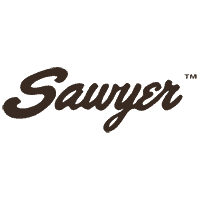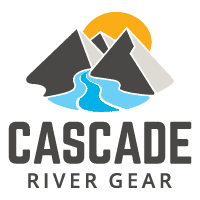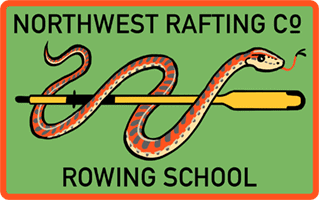Labyrinth canyon is an awesome flatwater desert river trip in the heart of Utah. The scenery changes dramatically as you float out of the flat farmlands in central Utah and down into the red rock canyons near Canyonlands. This section is completely devoid of rapids, making it a very accessible trip for young kids and grandparents. Beginners will be able to practice their rowing or paddling skills, while experienced boaters will be able to kick back, relax, and watch the classic Utah canyon scenery unfold in front of them.
Featured Outfitter
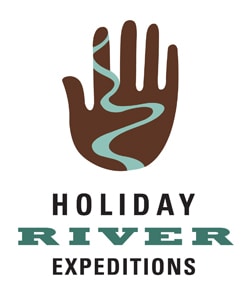 Holiday River Expeditions (800) 624-6323 Perfect for hiking enthusiasts, people looking for a calm, relaxing float, stand-up paddleboarding, history buffs, and families with young children ages five and up. Experience "The Holiday Way", running rivers without motors since 1966.
Holiday River Expeditions (800) 624-6323 Perfect for hiking enthusiasts, people looking for a calm, relaxing float, stand-up paddleboarding, history buffs, and families with young children ages five and up. Experience "The Holiday Way", running rivers without motors since 1966.
A great way to experience Labyrinth Canyon is by canoe or sea kayak. Canoe-related mishaps are much less likely on the flat, calm waters. Taking canoes gives Labyrinth an expedition feel, as most boaters will be outside of their normal. If going by canoe or sea kayak, the trip can be extended to include Stillwater Canyon, normally the flatwater lead-in for Cataract Canyon. Jet boats will come down to the confluence with the Colorado River to pick up canoers and bring them back upriver to Moab.

Canoeing into Labyrinth Canyon. Photo by Tyler Payne.
Labyrinth Canyon is a beautiful stretch of river, however ease of access and lack of difficulty has caused some destructive behavior at campsites. Please adhere to all permit regulations and use a fire pan, don't graffiti the rocks, and pack out all your trash. If you can, please do your part to help clean up some of the more popular campsites.
Trip Highlights
Mile 0: Green River State Park Boat Ramp. The state park here is a great meeting place, and there are plenty of campsites if you would like to spend the night before your trip! There is a $5 day use fee to put in, so make sure you bring cash.
Mile 4.7: Crystal Geyser is on river left. This geological anomaly was discovered in 1935 when a team drilled here to attempt to find oil. Instead, they created a geyser in the middle of the Utah desert!
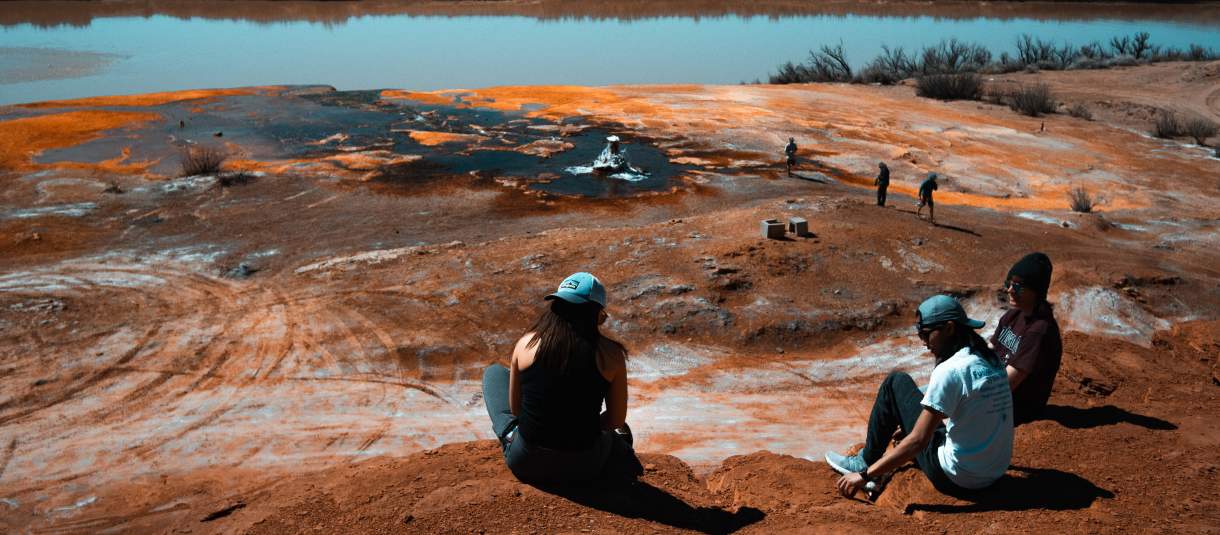
A group enjoys the view of Crystal Geyser. Photo by Tyler Payne.
Mile 22.9: Ruby Ranch Boat Ramp is on the left. This alternative put-in exists for those who want to shorten their trip by 23 miles. The first 23 miles are mostly flat desert landscape so this ramp allows a put-in closer to Labyrinth Canyon proper. To use the boat ramp, there is a $10 flat fee and a $5 per-person fee to be deposited in a box on the way to the put-in.
Mile 30.1: Three Canyon. This junction of (you guessed it) three canyons on river right is a popular campsite with hiking access up Three Canyon. A quarter mile before on river left is another beach camp that allows you to check if there's anyone at Three Canyon. This sets you up to be able to hike the canyon in the morning if the site is taken.
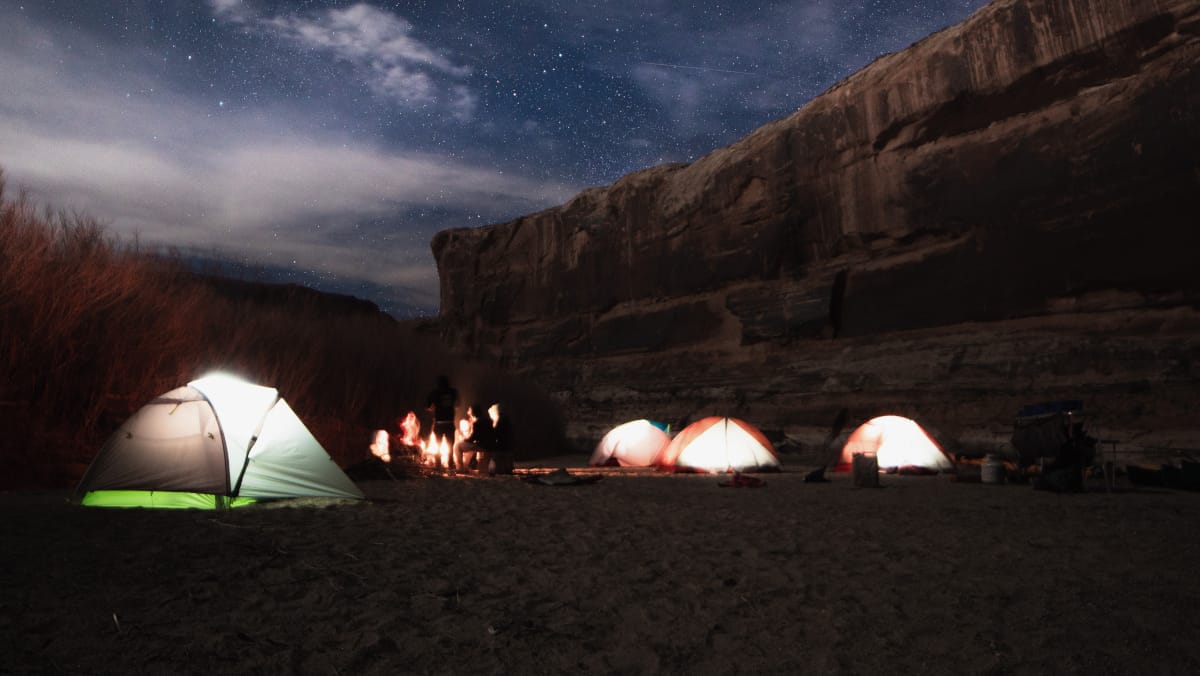
A starlit night camped above Three Canyon. Photo by Tyler Payne.
Mile 39.4: Tenmile Canyon. A trailhead downstream of the canyon mouth allows access to a long day hike. Make sure you bring water!
Mile 44: Hey Joe Canyon, a large side canyon with lots of hiking opportunity on river left. At low water levels it can be difficult to park here without having to wade through a field of mud. Better accessed at higher flows.
Mile 50-57.3: Bowknot Bend. This massive meander takes 7 miles of river to travel a quarter mile. A trail goes up and over the top, but it's advised to hike up and back down on the same side. The stretch of river around Bowknot Bend is fantastically beautiful.
Mile 68: Mineral Bottom Boat Ramp.


